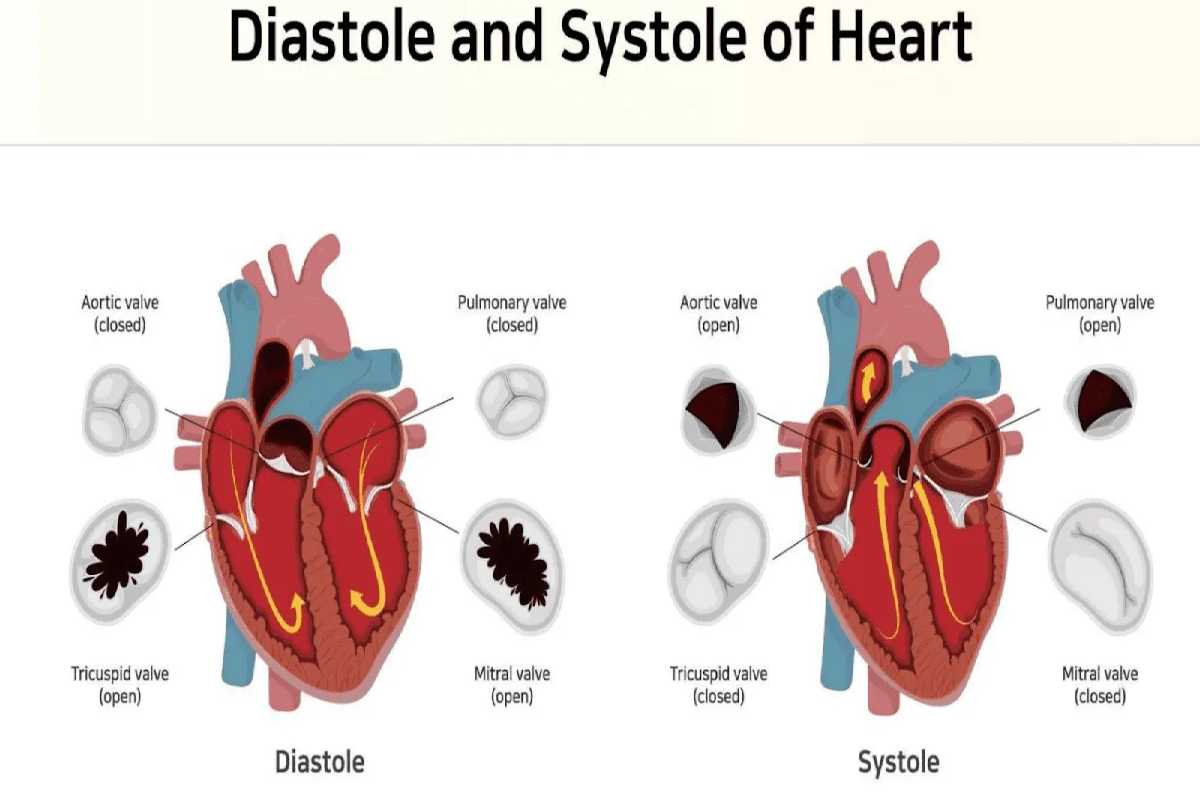Systolic and Diastolic Blood Pressure – The blood system is completed up of the heart and the pots (arteries and veins). The heart is a pump that meet people blood through the vessels.
For each heartbeat causes a change in the pressure on the walls of the arteries, also called blood pressure.
Table of Contents
Systolic Pressure and Diastolic Pressure
The systolic pressure (SYS) agrees to the force which reigns in the blood vessels when the heart agreements. While doctors usually broadcast systolic pressure as a number that can range from 10 to 25, automatic blood pressure screens have greater accuracy that can direct a number between 90 and 250.
The diastolic pressure (DIA) corresponds to the force which reigns in the vessels between two cardiac contractions. If doctors usually announce the diastolic pressure as a number ranging from 6 to 12, automatic blood pressure monitors have greater precision, indicating a number between 50 and 130.
We speak of Arterial Hypertension (HTA)
When the SYS or the DIA figure is again and again above typical values, the severity of arterial hypertension (HTA) is not linked to the SYS or the DIA value. But to the importance of the diseases which affect the highways (arteriosclerosis and atherosclerosis). And the complications which can affect the brain, heart and kidneys in case of thrombosis of the highways that dry out them.
Systolic Pressure – What is it?
The systolic pressure corresponds to the pressure measured in the systolic phase. Credits DR. Systolic pressure, as opposed to diastolic pressure, match up to the blood pressure measured during the systole phase, that is to say, during the heart’s reduction.
That is the highest pressure measured when the doctor takes the blood pressure. It must be less than 140 millimetres of mercury; otherwise, we speak of arterial hypertension.
- Systolic blood pressure < 100 mmHg
- Definition of Systolic Blood Pressure < 100 mmHg
- Two numbers express blood pressure:
Systolic: The upper figure called systolic pressure and corresponds to the value of blood pressure during cardiac contraction systole.
Diastolic: The lower number called diastolic pressure and corresponds to the blood pressure value between two heart contractions diastole.
Hypotension: Drop in blood pressure below standard figures (the average normal range for the maximum varies between 9 to 14 cm Hg (mercury) and the minimum between 5 to 7.5 cm Hg). It manifests itself in shakiness, vertigo, sometimes actual fainting or syncope.
Hypotension may be due to A lack of vascular filling ( hypovolemia ) by significant fluid loss (of renal origin), bleeding, extensive burns, considerable vomiting and diarrhoea, abuse of diuretics, etc.)
stenosis of the large arterial trunks such as in the coarctation of the aorta or stenosis of the heart valves (see valvulopathy );
- Adrenal insufficiency
- An excess of anti-hypertensive drugs
- It accompanies all shocks
Hypotension is orthostatic when lying down or sitting to standing with a decrease in blood pressure figures of 10 to 15 mm/Hg or after a long period of strictly motionless standing.
What is High Blood Pressure?
We speak of arterial hypertension when the blood pressure in the arteries is too high. The two blood pressure values are usually between 10 and 14 for the maximum pressure and 6 and 8 for the minimum pressure. Thus, a voltage of 12 – 8 considered normal. High blood pressure is one of the main risk factors for heart disease, kidney failure, and stroke or stroke. It usually appears with age, often accompanied by excess weight.


